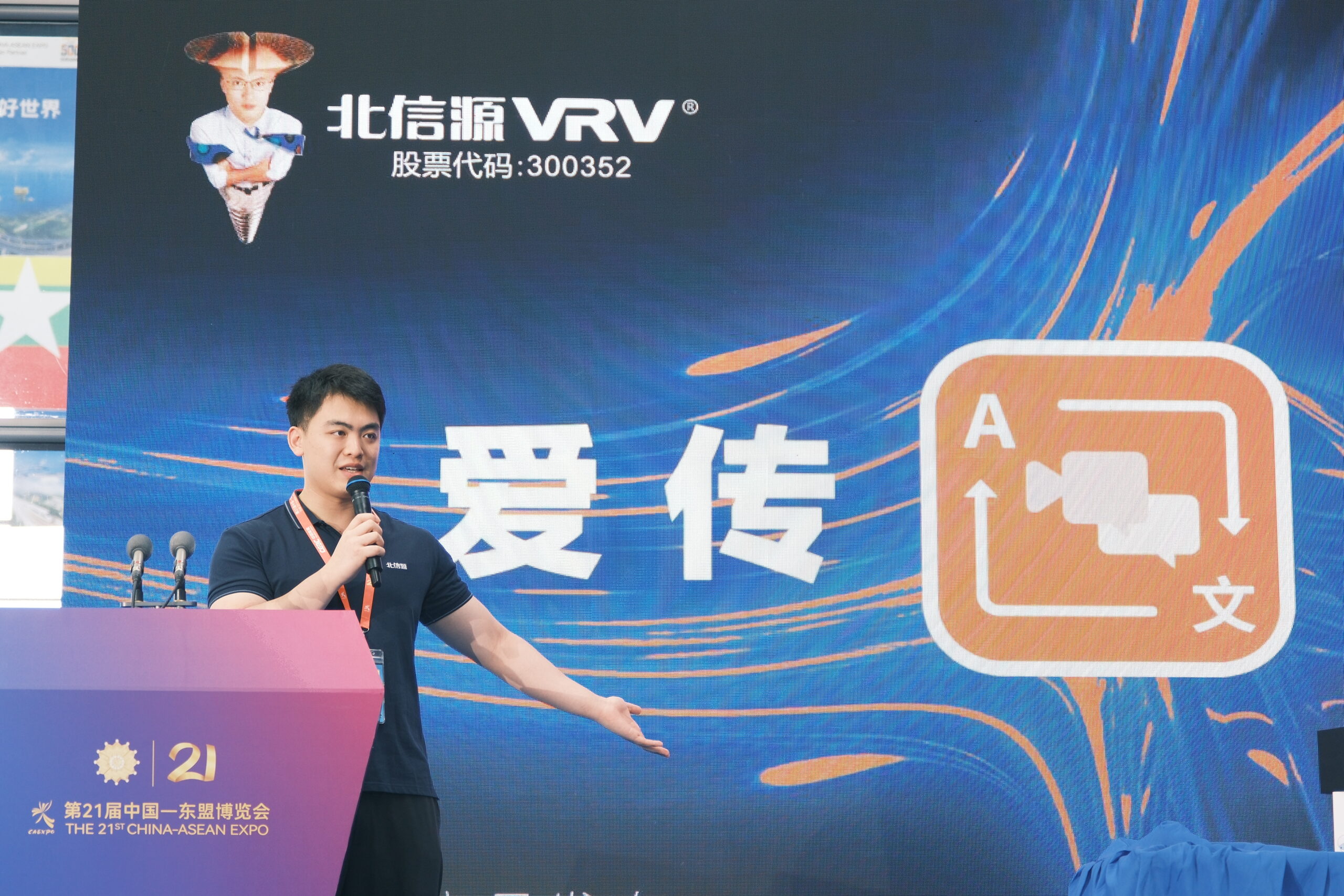A groundbreaking advancement in artificial intelligence is set to transform the way we communicate by enabling real-time translation of American Sign Language (ASL) into text and speech. This innovative technology leverages cutting-edge computer vision, machine learning, and deep neural networks to interpret the intricacies of sign language—bridging the gap between the deaf community and the hearing world like never before.

The Technology Behind the Breakthrough
Advanced Computer Vision and Neural Networks:
The new AI system combines high-resolution cameras with state-of-the-art image recognition technology to capture and analyze the fast, nuanced hand gestures, facial expressions, and body movements integral to ASL. By employing deep learning algorithms that have been trained on extensive datasets of diverse signing examples, the system deciphers complex linguistic patterns with remarkable accuracy and speed.
Real-Time Translation:
Unlike traditional translation systems that can take minutes or require human interpretation, this AI-driven solution processes visual data in milliseconds, enabling near-instantaneous conversion of ASL to both text and synthesized speech. This real-time capability is made possible through optimized algorithms that continuously learn and refine their accuracy as they interpret various sign language dialects and contextual cues.
Integration with Everyday Devices:
The technology is designed for seamless integration into everyday life. It can be deployed on smartphones, tablets, and other portable devices, providing an accessible tool for on-the-go communication. This portability ensures that users can bridge communication gaps in a variety of settings—at work, in educational institutions, or during social interactions.
Overcoming the Complexities of ASL
Capturing Nuanced Expression:
ASL is a rich, multi-dimensional language that goes beyond simple hand gestures. It incorporates facial expressions, body posture, and spatial relationships to convey meaning. The AI system is engineered to detect these subtleties, analyzing not only the shapes and movements of the hands but also the accompanying facial cues that add context and emotion to each sign.
Handling Regional Variations:
Sign language is not uniform—regional dialects and personal styles can influence how signs are executed. The AI technology addresses this challenge by being trained on a wide array of signing styles and dialects, ensuring a robust and inclusive model that can adapt to the diverse ways in which ASL is used across different communities.
Contextual Awareness:
Beyond literal translation, the technology integrates contextual awareness to understand the intended meaning behind a series of signs. By analyzing the sequence and flow of gestures, it can interpret idiomatic expressions, jokes, and conversational nuances, thereby providing translations that are both accurate and culturally sensitive.
Implications and Broader Impact
Enhanced Accessibility and Inclusion:
One of the most significant benefits of this innovation is its potential to democratize communication. For members of the deaf and hard-of-hearing communities, real-time translation technology offers a powerful tool to break down barriers in everyday interactions—from academic settings to professional environments—fostering greater inclusivity and social integration.
Educational and Professional Applications:
Educational institutions can harness this technology to create more accessible learning environments, ensuring that sign language is seamlessly integrated into classroom interactions. In the workplace, companies can use the technology to facilitate smoother communication during meetings and collaborative projects, leading to more diverse and efficient teams.
Potential for Global Expansion:
While the current focus is on American Sign Language, the framework of this AI system holds promise for adaptation to other sign languages worldwide. This scalability could enable a universal tool for bridging communication gaps globally, reinforcing the idea that technology can be a force for cross-cultural connection and understanding.

Future Directions and Developments
Continuous Improvement Through Machine Learning:
The AI system is designed to evolve. As it processes more data and receives real-world feedback, its accuracy and responsiveness will continue to improve. Developers are actively working on reducing errors and expanding the system’s vocabulary to include colloquial and specialized terms.
Integration with Augmented Reality (AR):
Future iterations may integrate augmented reality to overlay real-time translations directly onto the signer’s image, creating an even more immersive and interactive communication experience. Such advancements could revolutionize how we perceive and interact with sign language in public spaces.
Collaborative Ecosystem:
The long-term vision includes creating a collaborative ecosystem where researchers, technologists, and the deaf community work together. This collective approach will ensure that the technology remains user-centered, addressing the unique needs of its audience while fostering innovation through continuous feedback and community involvement.
Frequently Asked Questions (FAQs)
Q1: How does the AI technology translate ASL in real time?
A: The system uses advanced computer vision to capture sign language, while deep neural networks analyze the gestures, facial expressions, and body language to convert them into text or speech almost instantly.
Q2: Can the system handle different dialects and variations of ASL?
A: Yes, the AI has been trained on diverse datasets that include various regional dialects and personal signing styles, allowing it to adapt and accurately translate a wide range of ASL expressions.
Q3: What devices can run this real-time translation technology?
A: The technology is designed to be versatile, working on smartphones, tablets, and other portable devices, making it accessible for everyday use in multiple settings.
Q4: How does the system ensure accurate interpretation of nuanced expressions in ASL?
A: By integrating contextual awareness and analyzing sequential gestures along with facial cues, the AI can capture the subtle nuances and emotions that are vital to ASL communication.
Q5: What benefits does real-time ASL translation offer to the deaf community?
A: It greatly enhances accessibility by breaking communication barriers in educational, professional, and social environments, fostering inclusion and equal opportunity for the deaf and hard-of-hearing.
Q6: Is there potential for this technology to support other sign languages in the future?
A: Absolutely. The underlying framework of the AI system can be adapted to translate various sign languages globally, which could further enhance cross-cultural communication and accessibility.

This breakthrough in AI-driven real-time translation of American Sign Language is poised to redefine the landscape of communication accessibility. By combining sophisticated technology with practical applications, it opens new avenues for inclusivity, empowering individuals and communities to connect more seamlessly than ever before.
Sources earth.com


